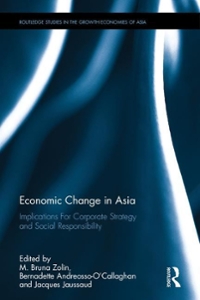2. b) (20 points for explanation) We now apply assumption ii), the one Homer and Bernstein use \"that the funds rate is likely to be at or near its lower bound of zero for the foreseeable future." In terms of our analysis, the Fed is going to make sure that real rates remain at their initial level [i.e., they totally accommodate the real shock to money demand] Show this accommodation as point C on all of your diagrams. Recall that we are at full employmentfpotential GDP at point(s) C. Again, make sure you refer to each graph separately explaining the intuition of the movement from point B to point C. 2c) {20 points} Now compare the government spending multiplier under assumption i} no Fed accommodation and ii) the Fed accommodates the real shock to money demand. Be specific with regard to the multiplier as well as the intuition. To support your intuition, draw two diagrams: the user cost = MPKf and the two period consumption model clearly locating points A, B, and C. Referring to your 2 graphs, explain the intuition as to why we move from point A to point B as well as why we move from points B to C. Be sure to label your graphs completely or points will be taken off. Make sure you relate your discussion of your two graphs to the difference in the multiplier depending on what the Fed does or doesn't do. 1d) (25 POINTS) The real business cycle economists (RBC theory) came up with a story that explains exactly why money is a leading and pro-cyclical variable. In the space below, draw a money market diagram on the left, an ISILM diagram on the light (label completely) and an aggregate demand i aggregate supply diagram below the ISJLM diagram. Discuss how the real business cycle economis's (REC) addressed this empirical reality (explain using your diagrams). Starting at the initial equilibrium, point A, let the shock that the RBC tlieolists use to explain this money output correlation occur and assuming the Fed does not react, locate the new equilibrium as point B [assume prices are xed in the short-run). Now discuss what would happen in the longrun commenting (again, the Fed does nothing) on the desirability of this long run adjustment. Now consider the case where the Fed does their job so that these undesirable results do not occ1r and label as points C. Is money leading and procyclical given the Fed's behavior? Why is this model referred to as reverse causation? Is money neutral or not? Explain. Finish your essay explaining how REC economists explain the business cycle (recurrent fluctuations in output) as well as their thoughts on whether or not policymakers should conduct active counter-cyclical policy. e) (25 POINTS) The New-Keynesians came up with their own story as to why we observe this positive money - output correlation. Begin with discussing why the New Keynesians believe that prices are sticky in as much detail as possible. Then use the efciency wage theoryimodel to buttress (support) your argument (i.e., why does the efciency wage theory play a critical role in explaining why rms are willing to produce more output at the same price?) Draw two graphs, one showing the effort curve and the efficiency wage (be sure to explain how rms pick the efciency wage) and the other being a labor supply labor demand diagram with the assumption that tire efciency wage (w*} is above the market clearing (classical) wage (wag). TWhy is this model so attractive in dealing with the empirical reality in labor markets that the classical school has such a hard time with? Now draw another diagram depicting what is happening in the product markets (demand, marginal revenue, marginal cost and a prot inction) and why rms are willing to change output at the given price level (short run) given the change in the money stock. Be clear as to why exactly rms are willing to act like a 'vending machine' in the short run (increase output at the same price]. Is this rm behavior, being willing to increase output at the same price, consistent with the rm's prot maximizing objective? TWhy or why not







